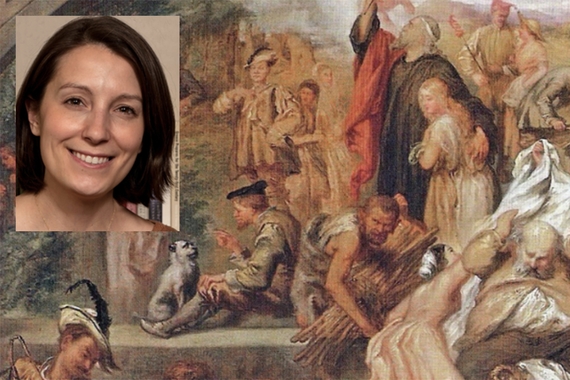New Course on Immigrants and Refugees
What is an immigrant? How does it differ from a refugee? In what ways are these identities characterized by loss and disruption, as well as by possibility and reinvention? A new English course primarily for first-year students grapples with these questions through the stories of immigrants and refugees themselves.
Professor Qadri Ismail created and will lead ENGL 1914 "The Immigrant and the Refugee" this fall. "As an immigrant myself," he says, "I’ve long been interested in the United States’ self-representation as a nation of immigrants."
That self-characterization begins with the Declaration of Independence, says Ismail, perhaps our most influential immigrant text. The class will start with that document and move on to discuss a variety of immigrant narratives: from a pro-migration pamphlet from a nineteenth century Norwegian immigrant to Ocean Vuong’s On Earth We’re Briefly Georgeous, a novel about a gay Vietnamese American; from John F. Kennedy’s essay Nation of Immigrants to US Representative Ilhan Omar’s autobiography This Is What America Looks Like.
The latter traces Omar's journey from Somali childhood to Kenyan refugee camp to US immigration. "Taking our cue from Omar, in the second part of the course we will contrast the immigrant with the refugee," says Professor Ismail, "reading Hannah Arendt’s ‘We Refugees’ and Edward Said’s After the Last Sky. In their own ways, all these narratives illustrate the relation between dispossession, disruption and identity, which will be the central thematic concerns of the course."
The class will be delivered online and synchronously, Mondays and Wednesdays 1:00- 2:15 pm. Interested students can still register.
Students in the class may well help to shape scholarship on the topic, as Professor Ismail is now writing a book about immigrant and refugee narratives.



